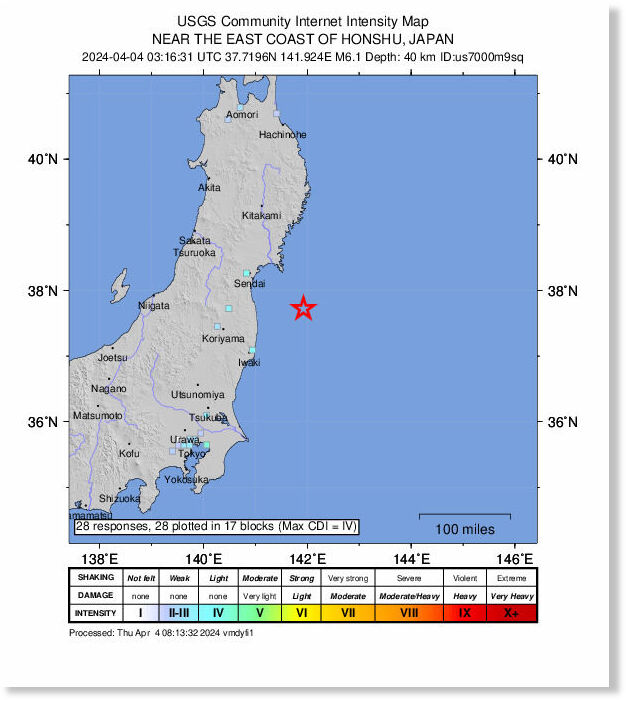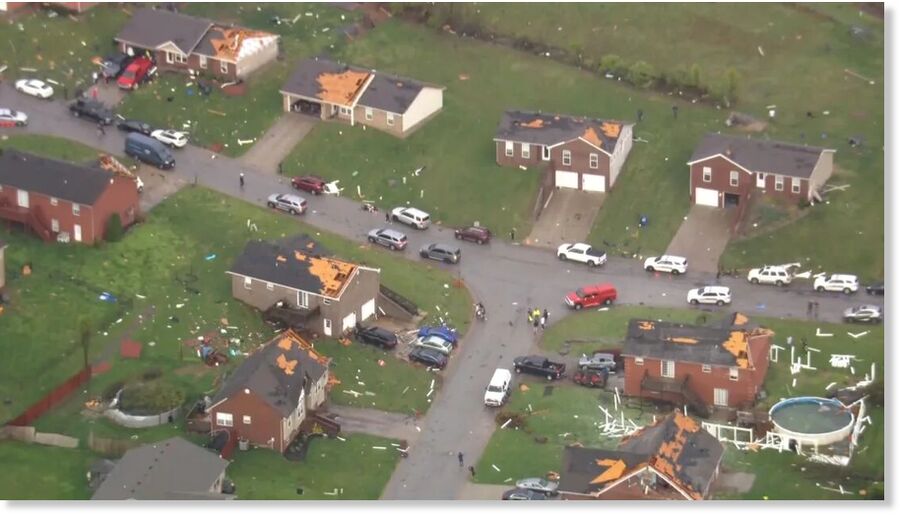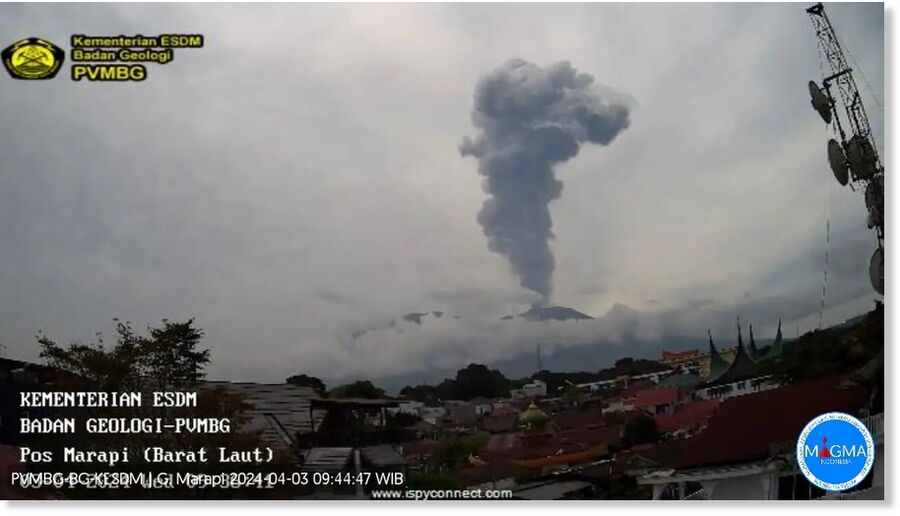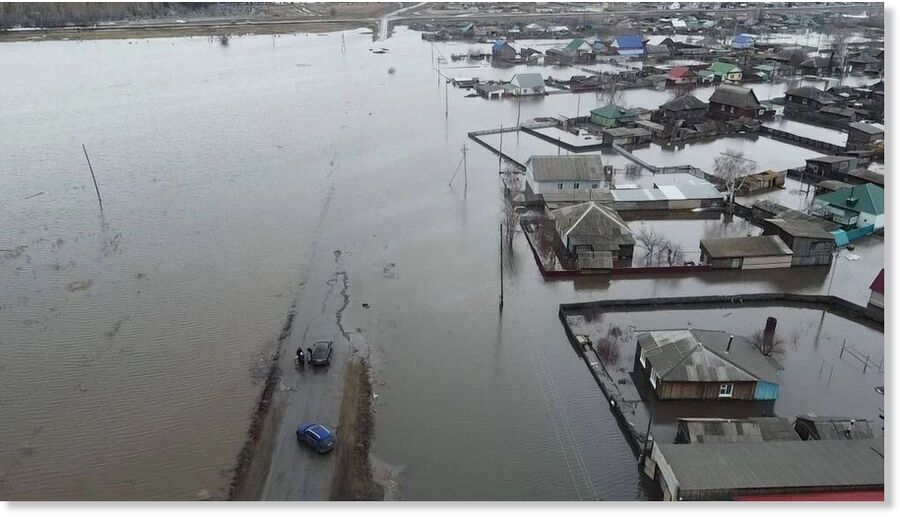
The incident occurred around 2:30 p.m. while students from Hosho High School in Miyazaki and Kamoto High School from Kumamoto Prefecture were holding a practice match. The game took place at the school in Miyazaki.
Two of the students from Kamoto High School were initially in serious condition but one of them later regained consciousness, school officials said.
The Japan Meteorological Agency said warm humid air flowed in toward a front and low pressure system over Kyushu region in southwestern Japan, creating ideal conditions for lightning.
A thunderstorm advisory has been in effect for Miyazaki since Tuesday.












Comment: Another report: Town submerged after heavy rain triggers severe flooding in central France